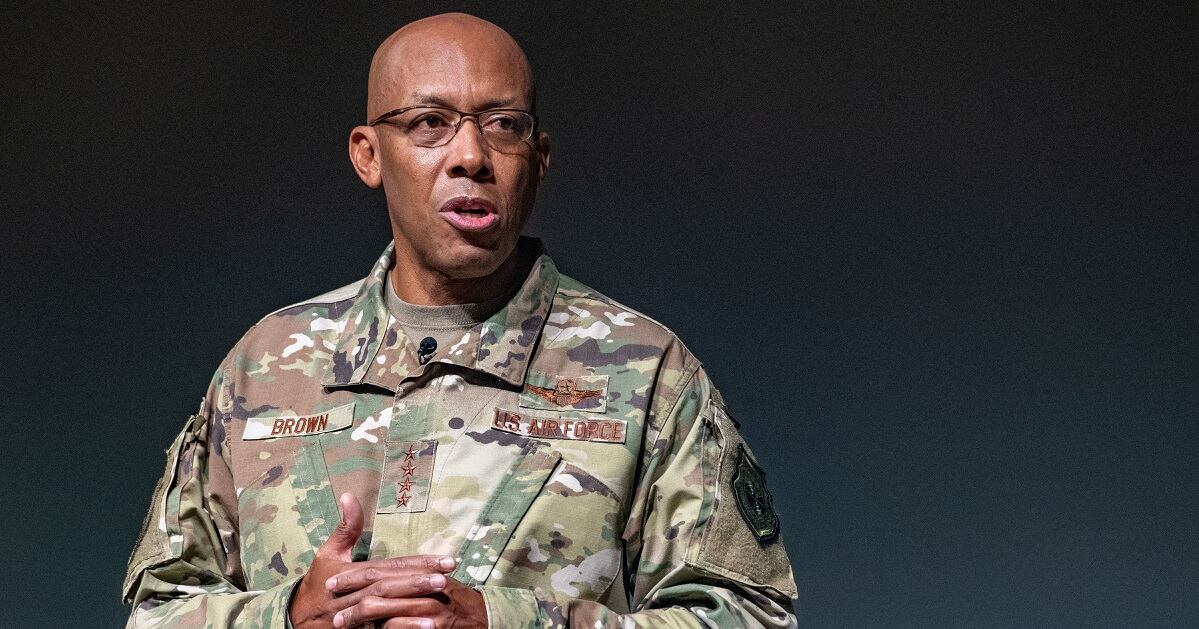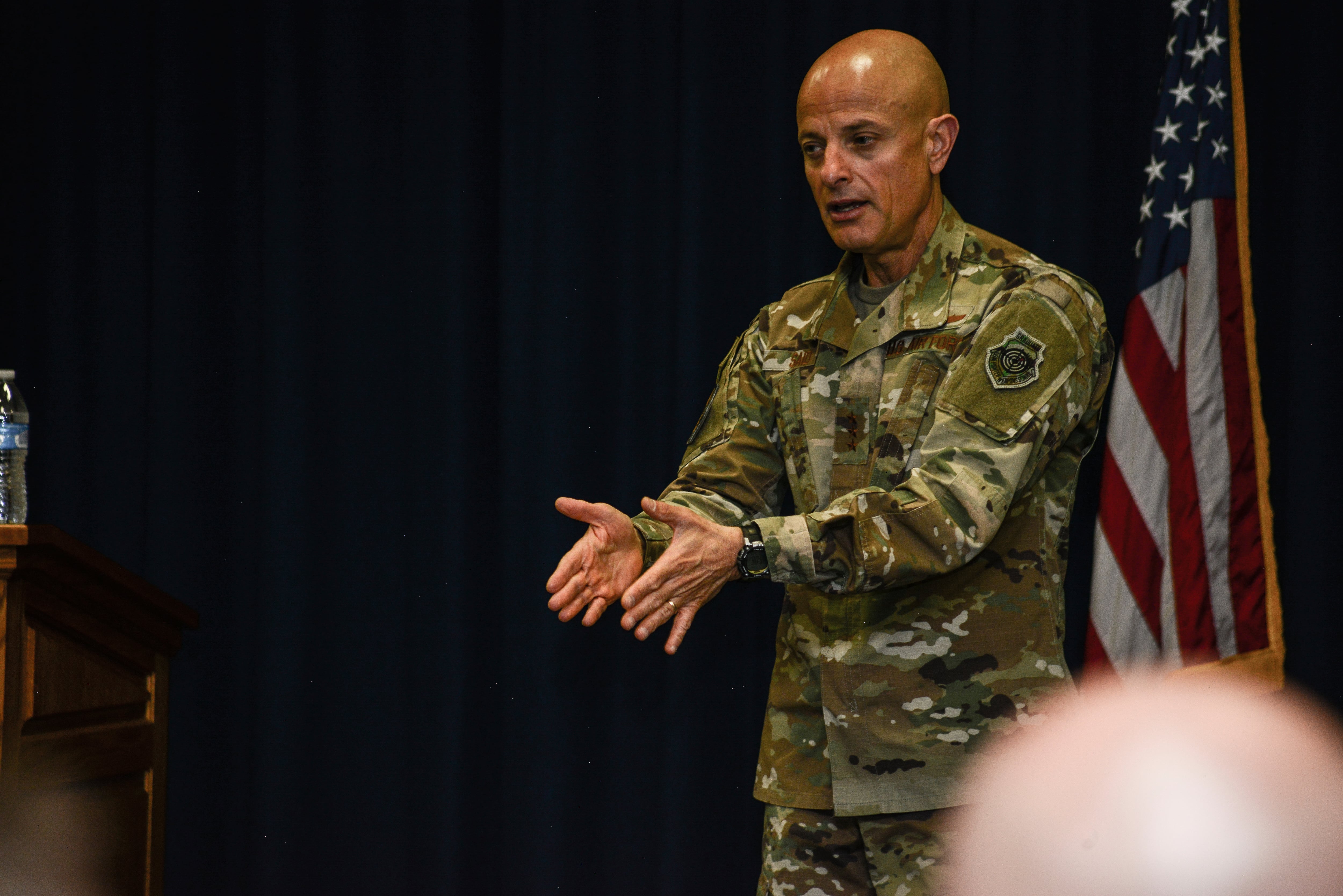The Department of the Air Force Inspector General’s Office is launching the second phase of its review of racial, ethnic and gender disparities in the Air Force and Space Force, this time focusing on women, Hispanics, Asians, American Indian/Alaskan natives and Hawaiian and other Pacific islanders.
And once again it is looking to airmen and Space Force guardians to provide crucial input on any problems they have experienced or seen.
The review follows the department’s 2020 Racial Disparity Review, released in December, which focused on Black airmen.
“The IG team has already begun to gather information contained in a wide array of previous reports, studies and various databases across the Department of the Air Force,” acting Secretary of the Air Force John Roth said in a release. “Although the data is helpful, the most important information will come directly from our Airmen and Guardians.
“We learned a lot from the Department of the Air Force’s initial disparity review and we know we’ll learn much more from this second review as well,” said Roth.
In an interview with Air Force Times, Lt. Gen. Sami Said, the Department of the Air Force inspector general, said this second review, like the first, will be independent and widely distributed — in its entirety — to airmen anjd guardians, lawmakers, the media and the public.
“That’s holding ourselves accountable,” he said.
The department launched the first review in June 2020, which focused on disparities affecting Black airmen, both in terms of military justice and career opportunities.
The results of that investigation, released Dec. 21, found widespread differences in how Black airmen are treated as opposed to airmen of other races.
The comprehensive review found significant differences in police apprehensions, criminal investigations, administrative separations and more. It also found disparities regarding placement into occupational career fields, promotion rates, professional military educational development and leadership opportunities.
The Department of the Air Force Independent Racial Disparity Review’s narrow focus on issues affecting Black airmen has led to the development of recommendations that may not necessarily address longstanding disparities for Hispanics and other minorities.
RELATED

This second review “shouldn’t be surprising to anybody,” Said said.
“We were clear in that, in that launching that effort, which was specific to African American disparity in the Department of the Air Force … clearly there are other potential disparities that will have to be independently assessed,” he said. “So we weren’t like blind to that.”
In directing the IG review, the senior leaders emphasized the need for further analysis, stating, “Ensuring fair and equitable discipline and development for all our Airmen and Guardians is critical. We are committed to promoting an environment free from personal, social and institutional barriers that might prevent our members from rising to their highest potential. Diversity makes us a stronger and more capable force.”
Findings of the follow-up review will be released in conjunction with the results of a six-month assessment of actions taken in response to the initial racial disparity review. Said estimated that would take place in about four months.
As in the first review, Air Force departments and agencies will be required to come up with plans to figure out the root causes for any problems identified and correct them, within 60 days of the release of the review’s findings. Those plans must include specific changes to policy, processes and procedures, and how those changes will affect the racial, ethnic and gender disparities. The IG’s office will also keep watching these issues and release a progress report six months after the release of the review’s findings, and it will continue to do full reviews annually.
In the coming days, enlisted, civilian and officer Airmen and Guardians across the services will receive an anonymous email survey from the DAF IG and facilitated by the Air Force Survey Office.
“It is critical that we hear from you because you are a central part of the solution,” Roth said.
During the first review, the Air Force was overwhelmed with the number of responses it received.
“In two weeks, we got over 123,000 responses to the survey,” Said said. “We’ve never seen this, our survey office has never seen anything like that. So then we told the airman, hey, if you got more to share with us, send us unscripted comments if … we missed something. We got 27,000 plus pages single spaced of feedback, right? I mean, it was mind numbing. And then we did 138 sessions, small group discussions with airman across all major commands in the Department of the Air Force in person, right. So you get a sense, we had a lot of interaction with airman, through multiple settings, to get their voice heard.
Let me just give an example if … we’re looking at the gender piece, we want to we want to hear from our female airman and guardians, through their lens, having lived in our Air Force, and in our Space Force, what headwinds they face, what disparities they perceive, what challenges they have to overcome, that data will likely show many, much of it. But it might not show some areas that you have to talk to people — to go look, right? … The airman’s voice, and guardian’s voice, provide exceptional context to what raw data saying.
The Air Force did not share in advance with airmen and guardians what the raw data was showing to prevent potential bias in their responses. Ultimately, however, all data was released as part of the final published report.
“They just happened to share with us their views, which aligned with what the data says,” Said said. “That is exceptionally powerful. Our guardians, our airmen and guardians want to be heard. And again, in this review, we will give them the full opportunity to be heard tell their story, you know, what’s concerning to them.”




